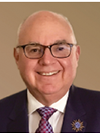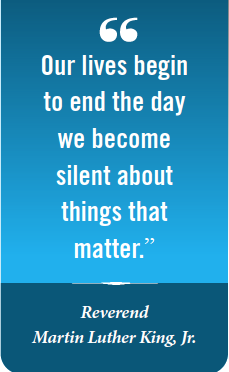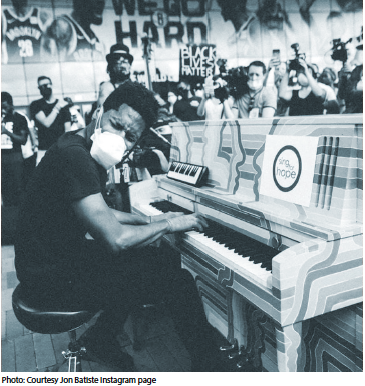The Black Lives Matter movement has raised awareness and made the need for more diversity central to the ongoing conversation. The International Musician Editorial Board thought it was an opportune time to take an introspective look at diversity within the pages of our official union publication that you receive every month as a member of the AFM. We are blessed with a wonderfully diverse membership, so diversity is integral to who we are and it plays an important role in keeping the AFM relevant and strong.
As the publisher of the International Musician (IM), I feel our magazine needs to be representative of our diverse membership. Race, gender, ethnicity, age, and musical genre are all important considerations. I assumed we were doing a good job with regard to diversity, however, to my knowledge, we had never actually quantified (with real numbers) just how diverse we are within the pages of the IM. To that end, I asked Bentley-Hall, Inc. (the contractor who manages and produces the magazine) to generate numbers that would aid us in better understanding the diversity of our cover stories and our musician profile (Upbeat) articles.
What we learned came as a surprise to me. Prior to my seeing the results, I would have said we were performing well, but this was just my impression. What we now know based on the data (see below) is that there is a lot of room for improvement regarding diversity. The chart was supplied by Bentley-Hall. It reflects both a five-and-a-half year look back and a three-and-a-half year look back. What we learned was revealing and eye opening. Our official journal must be more reflective of our diverse membership. We will certainly renew our efforts to achieve a better balance with regard to race, ethnicity and gender.





